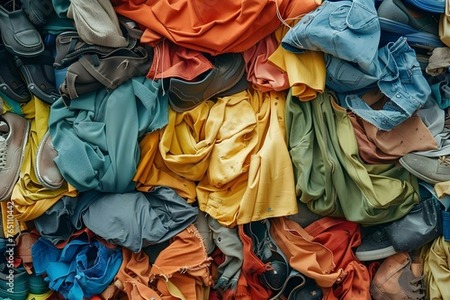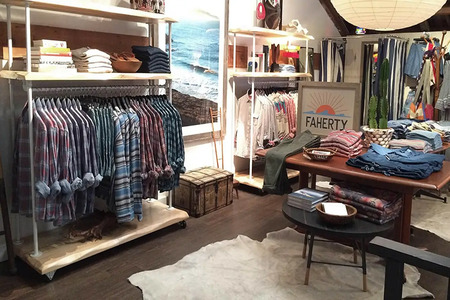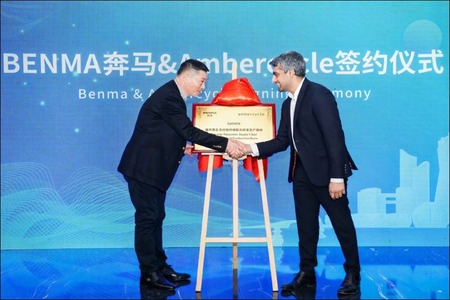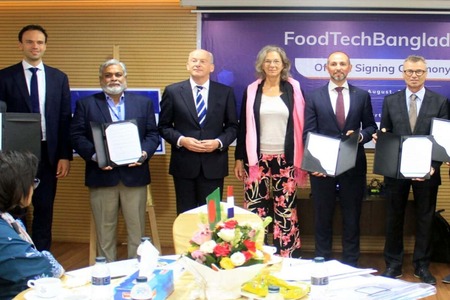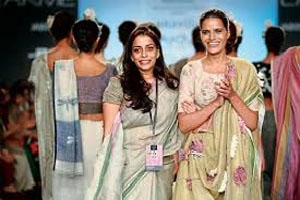
Handloom to play a major role in the world of fabrics
YarnsandFibers News Bureau 2017-07-20 12:00:00 – AhmedabadThe handloom industry is one of the most important industries for Indian economy which resonates the rich and diverse culture, it also showcases country’s impeccable skill, ingenuity and expertise to the world. This industry has the highest employment rate after agriculture and accounts for 4 percent of the GDP, 14 percent of industrial production and 17 percent of the country’s total export earnings.
More so, handlooms have a low carbon footprint, or none, as they consume less infrastructure, technology and power. However, what is less talked about is the importance of sustainability of handlooms in the ever-growing fashion industry of India.
Owing to the intensifying pressure for companies to become more sustainable, designers in the fashion industry, by and large, have started giving importance to the handloom sector. The handloom products play a major role in the world of fabrics. Around 45 lakh people are directly or indirectly engaged in this sector.
Even in the recently held Textiles India 2017 Summit, which was inaugurated by Prime Mnister Narendra Modi in Gandhinagar, Gujarat, a lot of pertinent issues related to India’s handloom sector were discussed along with several facets of the textiles industry at large. This one-of-a kind mega exhibition showcased India’s strength in the entire gamut of textile and apparel value chain, from fibre to fashion.
Experts and most of the eminent fashion designers, who attended fashion shows at the Textiles India 2017 summit, were of the view that sustainability is the way to take fashion forward. They consensually agreed to the fact that some of the dying heirloom techniques and the vibrant handloom sector need immense support from the fashion industry to sustain.
The fashion shows were fully supported by stalwarts from the fashion industry, including designers like Anita Dongre, Manish Malhotra, Ritu Kumar and Tarun Tahiliani among others. The show presented a compelling story of the textiles of India, focusing on innovations in craft and design.
It was the largest curated presentation of Indian textiles on the runway that unfolded the story of growth and development of the Indian textiles sector and its transformation to become a global power. Inspired by the seven key notes of music that form the Sargam, a fundamental base for any tradition of music, the show celebrated textiles of our country and showcased the entire spectrum through seven key segments covering Cottons, Silks,Wools, Embroidery, Hand-Dyed and Hand printed, Modern/Industrial and Futuristic Sustainable textiles of India.
Leading Indian designers joined hands with master-craftsmen to showcase their work in heritage handlooms, handicrafts as well as modern and futuristic textiles.
The textile panaroma spanned across regions and states of the Gujarat, North-East India, Maharashtra, Jharkhand, Karnataka, Andhra Pradesh, Telangana and Assam. The fashion show featured designs from a combination of 31 established and emerging designers and master craftsmen and weavers from across different textile traditions, languages and states of India. One of the distinguished fashion designers of India, Manish Malhotra, said that the potential of the handloom sector of our country is not being fully utilised.
The story of the evolution of cottons in India was showcased by designers such as Anavila Misra, mastercraftsmen Chaman Siju from Kutch and Richana Khumanthem from Manipur as well as Wendell Rodricks for Goa Kunbi Cotton Handlooms. The rich legacy of Indian silk included Banarasi Silks by Sanjay Garg, Meghalaya Ryndia Silk by Daniel Syiem and Tussar handlooms from Jharkhand by Shruti Sancheti. Rahul Misra and Rajesh Pratap Singh among others showcased the story of evolution of Wool.
The Embroidery category was presented by eminent designers such as Anamika Khanna, Anita Dongre, Manish Malhotra, Ritu Kumar, Rohit Bal, Sabyasachi, Tarun Tahiliani among others. Young gen next label Poochki collaborated with master craftsman Berulal Chippa from Rajasthan to showcase Bagru handicraft and Vineet Rahul collaborated with Mohammed Yusuf Khatri from Bagh, Madhya Pradesh to showcase Bagh handicrafts in high end fashion. Gaurav Gupta and Pankaj; Nidhi presented modern textiles and in the final segment Abraham and Thakore, Amit Aggarwal, Hemang Agrawal and Manish Arora presented modern and futuristic textiles that included man-made fibres, metal yarns and sustainable recycled fabrics.
Manoj Jain, Director, Development Commissioner (Handlooms), Union Ministry of Textiles, representing his ministry and its initiatives on handlooms and fashion, said that a lot has been done by the government to protect and promote handloom sector.
One of the major initiatives taken to promote handlooms, is the launch of India Handloom brand (IHB) by PM Modi in 2015. It focuses on uses of natural fibres such as cotton, wool, silk, and jute, and provides branding to the products for distinction.
So far more than 400 producers have been registered across the country and last year’s sale is 110 crores. Besides, they have adopted 315 block level clusters across the country.
Renowned fashion designer Suket Dhir said that handloom sector needs mass patronage. It needs little more understanding and sensitivity. Both powerloom and handloom should co-exist.
There is a new momentum and new designers are coming up and getting involved, which is putting more focus on reviving dying heirloom techniques.
In today’s world of technological advancement, marketing is pertinent to the growth and development of handloom industry. India’s ace designer and textile conservationist, Ritu Kumar, said that marketing is very essential to boost the sale of handloom products.
With the younger designers also getting involved, there is much visibility of handlooms in today’s time. Designer Tarun Tahiliani reiterated that many of the younger generation do not want to continue in the profession of weaving as the weavers are not paid due credit and are not recognized enough.
Their products should be marketed enough so that the consumers get recognition of who the manufacturer is. Ritu added, Thailand, with just one fabric, Thai silk has utilised it fully for their incredible Thailand campaign. If government of India makes incredible Indian textile campaign based on their diverse handlooms, it would make a lot of difference.
Market Intelligence
Ask for free sample Report

experience
Customer Base
dedicated team
Countries Served Worldwide



